
The construction of the world’s largest telescope has begun. Officials gathered to celebrate the first stone of the European Extremely Large Telescope’s (E-ELT) long-awaited construction.

The original plans for the Juno mission to Jupiter didn’t include a color camera. But a camera was added to the manifest, and the incredible images from the JunoCam have been grabbing the spotlight.
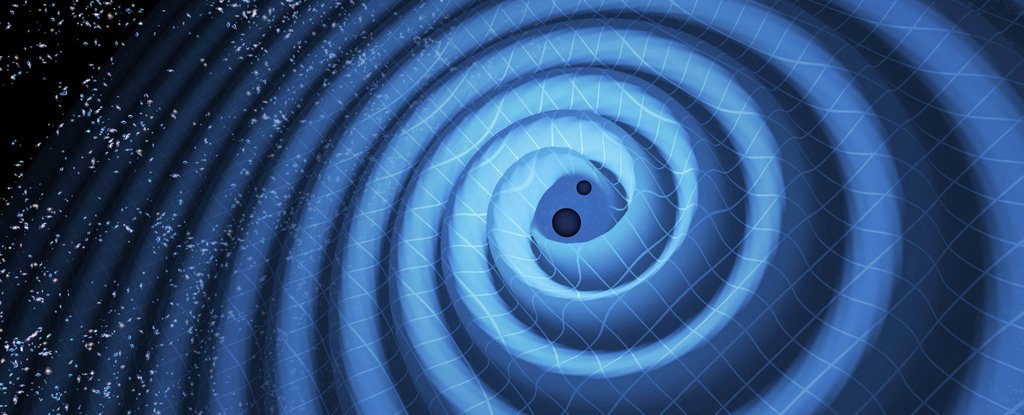
The Laser Interferometer Gravitational-wave Observatory (LIGO) has done it again, detecting gravitational waves rippling away from a cosmic collision between a pair of black holes.
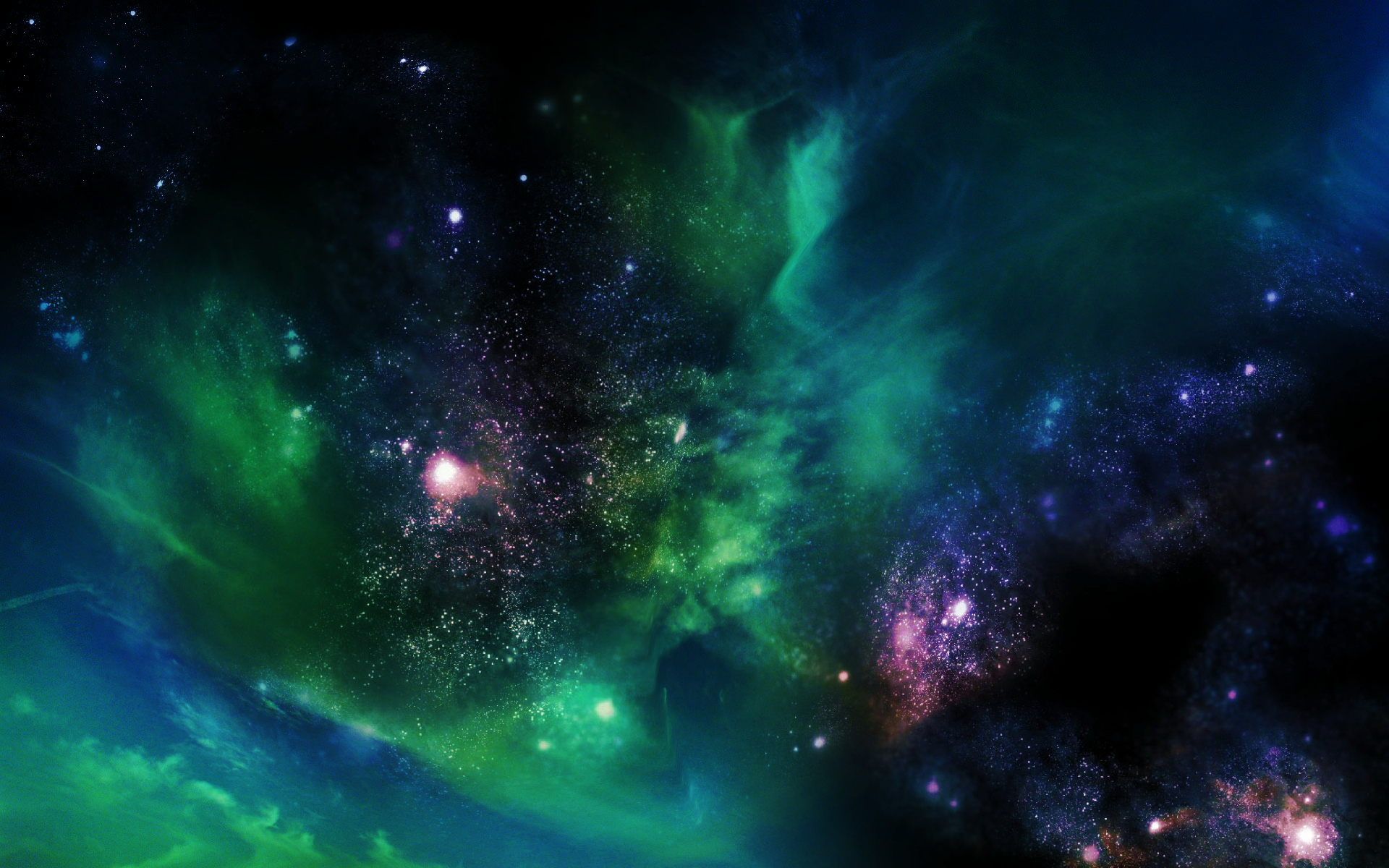
NASA will send the Parker Solar Probe to the sun in 2018. The landmark mission “will revolutionize our understanding of the sun.”
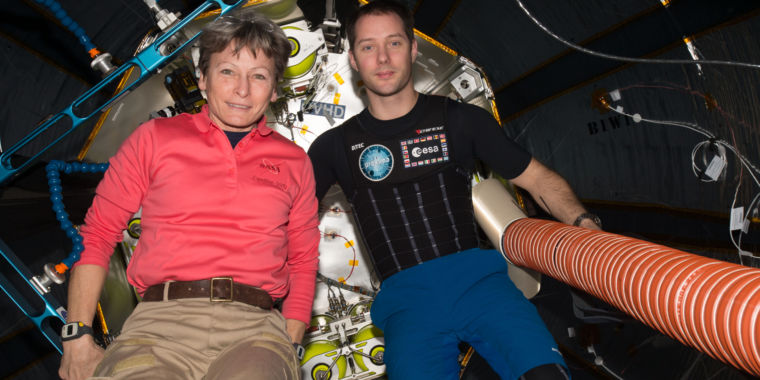
Tests will determine whether inflatables play a role in deep space exploration.

NASA is releasing Juno’s first scientific results and Jupiter appears a lot weirder than anyone thought it would be.

Astronomers have confirmed the existence of the seventh planet around the ultracool dwarf star TRAPPIST-1.

The new model shows a naked singularity can yield what's called anti-de Sitter space, a curved, saddle-shaped space.
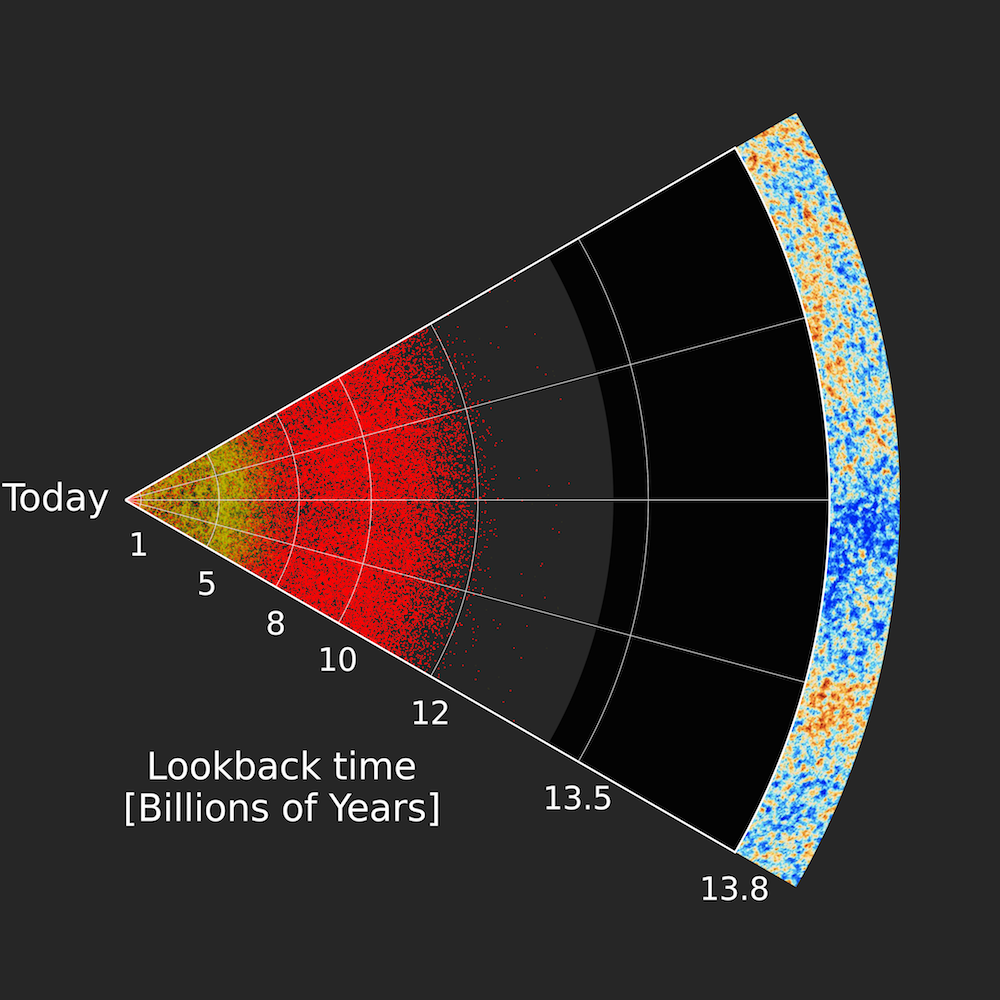
Astronomers with the Sloan Digital Sky Survey (SDSS) have created the first map of the large-scale structure of the Universe based entirely on the positions of quasars.

Tabby's star is dipping drastically in brightness, giving astronomers an opportunity to figure out what has been causing this star's weird behavior.
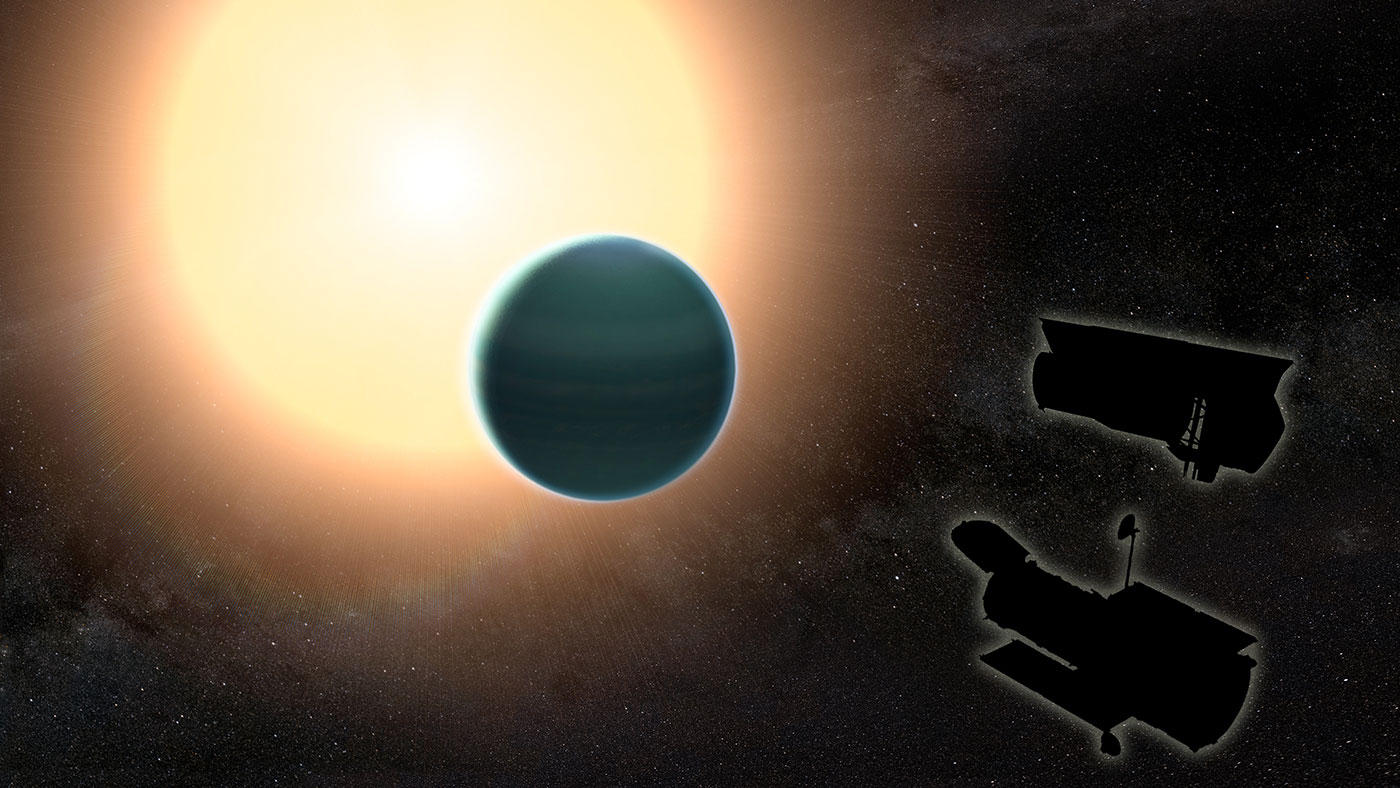
A study from NASA’s Hubble and Spitzer space telescopes reveals that the distant planet HAT-P-26b has a primitive atmosphere composed almost entirely of hydrogen and helium.

Experts see a time in the not-so-distant future when spaceflights could cost $10,000-$20,000.

Astronomers have produced a highly detailed image of the Crab Nebula, by combining data from telescopes spanning nearly the entire breadth of the electromagnetic spectrum.

Fossils discovered in ancient hot spring deposits in the Pilbara have pushed back by 580 million years the earliest known evidence for microbial life on land.

The next generations will be fed a steady diet of images and discoveries stemming from the Super Telescopes. And the LUVOIR will be front and centre among those ‘scopes.